What Are the 10 Easiest Medicinal Plants to Grow?
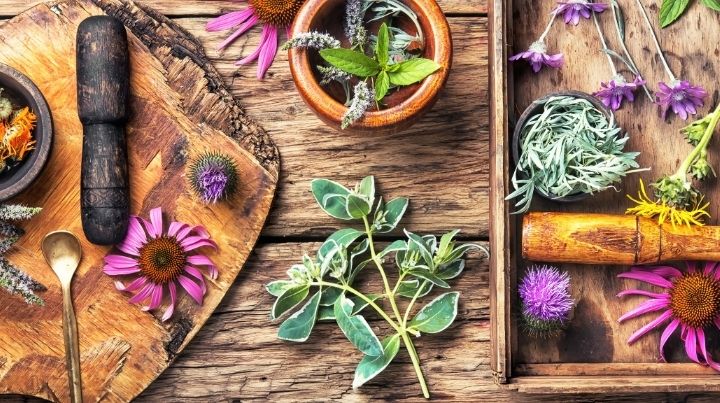
What could be better than having medicine as close as your backyard? That dream could be yours, even if you don’t have a green thumb. In this article, we’ll talk about the easiest medicinal plants to grow.
No yard for a garden? Don’t despair! Many of these plants can also be put in a container and grown on a balcony or patio.
The 10 EASIEST Medicinal Plants to Grow
The nice thing about herbs is they’re also pretty, and this can help you sneak a medicinal garden past a nosy HOA or prevent others from realizing you have a veritable natural pharmacy in your yard. If you arrange the 10 easiest medicinal plants to grow in a pretty flower bed or nice containers, they’ll blend right into your landscaping.
Grab some seeds and get started!
Mint
Not only is mint one of the 10 easiest medicinal plants to grow, but it will absolutely take over your garden or flowerbed. For this reason, people often plant members of the mint family in containers. Peppermint, spearmint, wintergreen, and catnip are all mints that you can use somewhat interchangeably.
Mint tea is often used to aid in relieving digestive problems, but beware if you have heartburn or acid reflux – it can worsen that issue. It’s also soothing if you have a cold, the flu, or any kind of upper respiratory problem. It’s one of the few cold symptom relief remedies considered safe during pregnancy.
Keep the soil moist, park your container in the sun, and let your mint do its own thing. Harvest your leaves before it begins to flower to avoid any bitter taste.
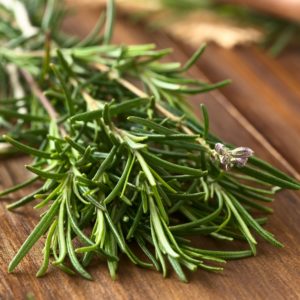 Rosemary
Rosemary
Rosemary is an herb from the Mediterranean. It thrives in drier soil and bright sunlight. It can be planted in the ground or in a pot. For a bushier plant, pluck off the growth at the top so that the limbs spread outward instead of upward. Rosemary is a perennial, so you don’t have to plant it every year.
Rosemary is often used as an energizing herb and is said to help with mental clarity. It can also be added to a balm to help with muscle pain symptoms.
Thyme
Thyme is often used as a fragrant and useful groundcover. Space your plants about a foot apart in a bright, sunny area. Keep the soil moist. When you harvest thyme, don’t take more than a third of the plant at a time. Otherwise, you risk killing the rest of the plant.
Thyme has antibacterial and antiseptic properties. An effective homemade cough syrup can be made from thyme tincture with honey. As well, those with lung problems or asthma may find relief leaning over a steaming pot of thyme and water with a towel tenting their head and concentrating the steam. Obviously, be careful not to burn yourself.
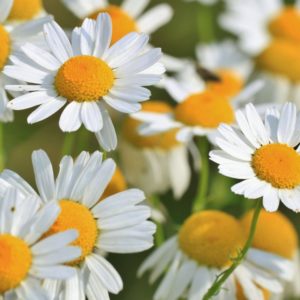
Chamomile
Chamomile is another very prolific plant. It prefers slightly cooler weather, so plant it in partial shade if you live in a very hot climate. The medicinal part of chamomile is in the flowers. Harvest the blossoms every week or so during peak season. You may find that it stops producing flowers during the hottest part of summer. Don’t worry. You’ll get more flowers once the weather cools off.
Chamomile is an incredibly useful member of the easiest medicinal plants to grow. It has been historically used for calming nerves and as a gentle sleep aid. A chamomile tea, completely cooled, can be used as an eye or skin wash due to its antiseptic properties. It may also aid in the relief of nausea.
Calendula
One of the most beautiful plants on the list of the easiest medicinal plants to grow is calendula. The yellow-orange flowers add a sunny pop of color to your herb garden. Calendula, also known as pot marigold, grows best in well-drained soil in full sunlight. Harvest the blossoms every few days for the entire summer. If a blossom is going to seed, deadhead it so that the plant continues to produce.
Calendula has antifungal, antiseptic, and anti-inflammatory properties and is used in many topical preparations like creams, oils, and salves. A completely cooled calendula tea can be used as a wound wash.
Mullein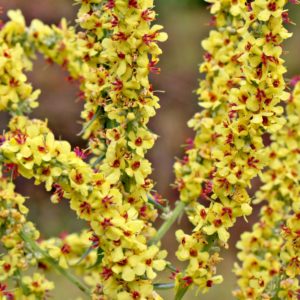
Mullein is a sturdy plant with hairy leaves. It’s not a picky plant and can grow in full sun or partial shade, and is adaptable to a variety of soil types.
Mullein is often used in conjunction with thyme for lung conditions, asthma, colds, sore throats, and breathing problems. The teeny little hairs can irritate the mouth or throat if they aren’t filtered out. These same hairs add a softness to the leaves that cause mullein to be called “nature’s toilet paper.”
Echinacea
No list of the easiest medicinal plants to grow would be complete without echinacea. It’s a showy plant with gorgeous purple flowers. Nobody would ever realize you’d planted it to supplement your herbal medicine cabinet.
It’s a perennial, drought-tolerant plant that thrives best in full sunlight. Loamy soil that drains well is the best selection, and regular watering will provide you with a bigger plant.
Never cut back more than 20% of the top, or your plant could die. You can harvest leaves and flowers in the first year, but you must wait until the third or fourth year to harvest roots. Once you harvest the roots, the plant is unlikely to come pack, although it sometimes self-seeds.
Echinacea strengthens the immune system and is said to help people recover from colds and viruses more quickly. That being said, those who are immunocompromised should consult their physician before adding echinacea to their repertoire.
Holy Basil
Holy Basil, also called Tulsi, is not the same as the regular basil you use in pesto and Italian cooking. It has aromatic purple leaves and flowers and smells similar to cloves.
It is a slightly pickier plant about location. The leaves are filled with lots of moisture and essential oils, therefore it requires moist soil. At least 6 hours a day of full sun are needed to keep your holy basil healthy. Holy basil is not at all frost tolerant.
This herb is adaptogenic, making it ideal for supporting hormonal issues. It’s also a very calming herb and is often used in mixtures created for people who suffer from anxiety or stress. Holy basil is antimicrobial, making it excellent for wound care.
Lavender
Everyone knows that lavender is an incredibly soothing member of every aromatherapy list out there, but it also makes our list of the easiest medicinal herbs to grow.
Lavender is a woody little shrub that produces spiky-shaped leaves and copious amounts of tiny purple flowers. It’s reasonably hardy and thrives in sandy soil and full sun. Harvest lavender blossoms before the flowers have fully opened. This plant is perennial and will come back every year.
Lavender can be used to soothe anxiety and nerves. It should be used externally in the form of oils, bath products, or aromatherapy products. Don’t use lavender internally without professional advice. A lavender wash is soothing to irritated skin and rashes, and some people who suffer from migraines say that a couple of drops of lavender essential oil can help relieve their headaches.
Aloe
I think every kitchen in the world should have an aloe vera plant in a sunny window. (South- or West-facing is best.) This succulent is very forgiving, putting it on our list of the easiest medicinal plants to grow. Treat an aloe almost like a cactus but with a little bit more water. Use soil made for cacti and succulents when potting an aloe plant. Allow the soil to become completely dry before watering it. The fastest way to kill an aloe plant is by giving it too much water. (Ask me how I know.)
To use your aloe medicinally, you simply break off a small piece and squeeze out the gel. This can be applied directly to rashes or burns. A tablespoon full of aloe gel can be taken internally to prevent or relieve heartburn. It also has uses as a natural laxative, and some studies show it can help balance blood sugar. Learn more about using aloe vera here.
How to Preserve These Plants
With the exception of aloe, the other 9 of the easiest medicinal plants to grow can be easily preserved by drying. You can use a commercial dehydrator, or if you live in a place with low enough humidity, you can simply hang them to dry or lay them between two screens so the air can circulate fully.
Once your herbs are totally dry (they should be crumbly to the touch), you can put them in a glass jar with a lid and store them in a cool dark place for up to a year.
What Do You Find to be the Easiest Medicinal Plants to Grow?
Do you have a medicinal garden? What herbs do you grow there? What plants would you recommend to a beginning herb gardener as the easiest to grow? Share your suggestions and thoughts in the comments.
Additional Resources:
- Herbal Skills Intensive Course
- Medicinal Garden Seeds
- Native American Herbalist’s Bible
- The Encyclopedia of Herbal Medicine
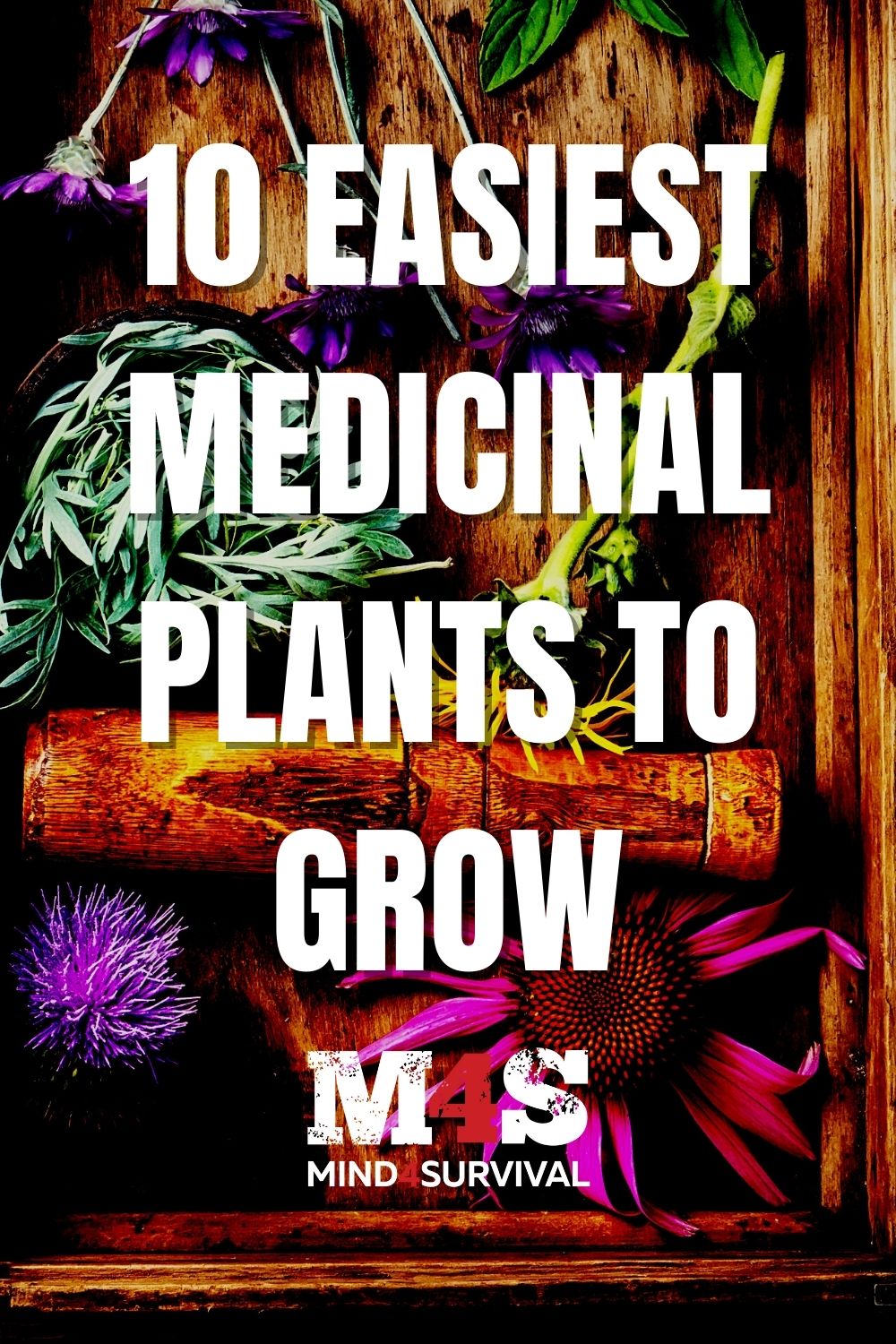
Don't Miss Out!
Join the thousands of people who rely on Mind4Survival preparedness advice by subscribing to our FREE newsletter.
- Practical preparedness information
- Zero Spam
- < 0.25% of people unsubscribe




Join Mind4Survival!
Stay informed by joining the Mind4Survival! 100% Secure! 0% Spam!
Follow Us!
Affiliate Disclosure
Mind4Survival is a free, reader-supported information resource. If you make a purchase through our link, we may, at no cost to you, receive an affiliate commission.


Comfrey expands it’s growth and is good as an ingredient in a balm made of dried comfrey leaves, oil and beeswax. Dry at a low setting in a slow cooker, pour on oil, , extract the pain killer, drain it down, remove leaves, melt beeswax to a balm thickness. Rub it on painful area, joints, sore muscles. Do not eat leaves, as they affect kidney function. You can look up the process on Google, DuckDuckGo